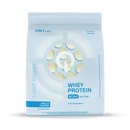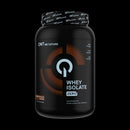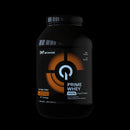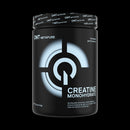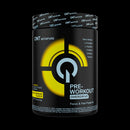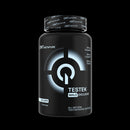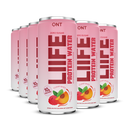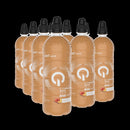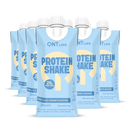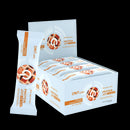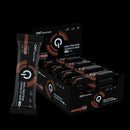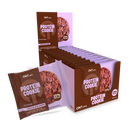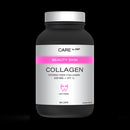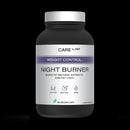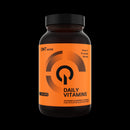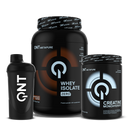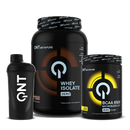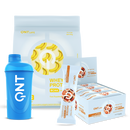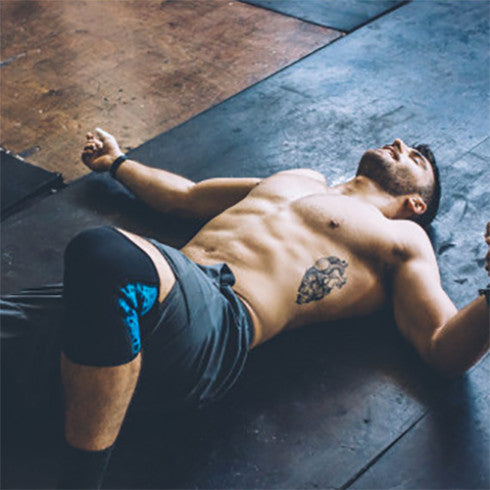Table of Contents
When training is intense, it is not uncommon to have muscular or joint or even tendinous reactions after the session. Some reactions such as muscle aches are normal and come from muscular degradation by lactic acid or more precisely by acid ions. It is difficult to avoid pain if the training is intense and unusual, but it should not be too disabling, otherwise the rest of the week's training may be difficult.
You can easily prevent too much damage to the muscles with a few easy maneuvers: Practicing proper stretching is already a good way to alleviate some of the pain. If this is not enough, a good hot bath after training or the next morning can help you too. A simple anti-influenza, sedergine style or degrip, can also act effectively in this specific case. Of course, all this are just normal pains.
Tendinous affections, on the other hand, are not uncommon in many sports. Tendonitis is a real plague and can handicap training for many months if not treated quickly. I always had a little trick to prevent them from lasting: Before in-train, you put some heated ointment on the painful area. If it is an epicondylitis, you warm your forearms very slowly and taking great care not to feel pain. Which means that if you feel the slightest pain, your movement is already too important and you must shorten the work track.
The second thing is to make no movement that hurts you. If the exercise hurts you or causes you the slightest discomfort, you stop and you change or diminish your work path. After the session, you will put a pocket of ice on the area concerned and brush it with anti-inflammatory ointment. Also try taking anti-inflammatories (by mouth) for 3 or 4 days. Normally your tendon symptoms should fade quickly. The important thing with this type of pain is not to let it get bigger. If you take care, your pain will not persist. If you let the pain settle down or you do not listen to your rustling body, you may have to undergo training interruptions as a result of the pain your tendons cause you to suffer and of course you will be putting your progression at risk.
Do not forget that pain is the way your body expresses an alert.
It tells you that if you do not stop this movement that hurts you, a more serious injury may occur in the area. So whatever happens in your body, listen to each of your pains! The pain is not bad, it warns you!
As for the joints, it was believed for a long time that they could not rebuild. Yet in re-cent years we realize that articular cartilage can regenerate. It should be known that the cartilage does not possess blood vessels likely to come to bring it the raw material necessary for its reconstruction.
Scientific studies have shown that glucosemine associated with chondroitin can cause articular cartilage to regenerate. On the other hand, since there is no blood circulation in the cartilage, the necessary metabolites must be forced into the cartilage. And when I say by force, it means that it is the pressure un-dergone by the articulation that will give this result. It is therefore necessary to con-tinue to perform movements to reconstruct articular cartilage. Do not hesitate to continue training but stay reasonably: Always the same principle, which says pain, says stop!
QNT JOINT+ will help you to avoid joint problems.
Read more
 Training
TrainingGroup classes more effective than classroom work?
We often ask this question: which one is the most effective? Group training or individual workout programs in the gym? Let's first consider the two...
Summer body edition for men: How to prepare your body?
Gentlemen ? The return of the sun and its warm rays are almost here! The degrees are slowly but surely rising, but what about your muscles? Ouch! I...
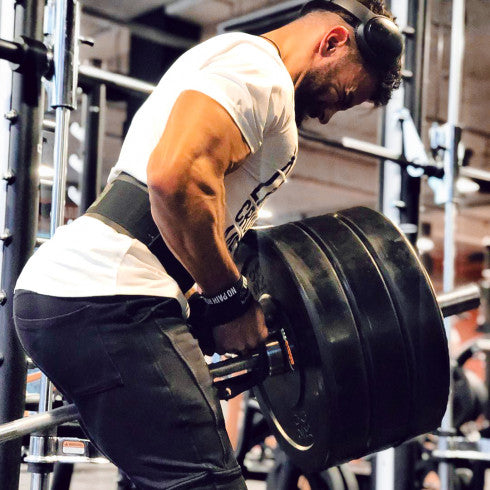 Training
TrainingSHOULD YOU USE A WEIGHT BELT FOR LIFTING?
The next person you see in the squat cage with 20 kg on the bar and a big belt, maybe you can make a comment after reading these few lines.
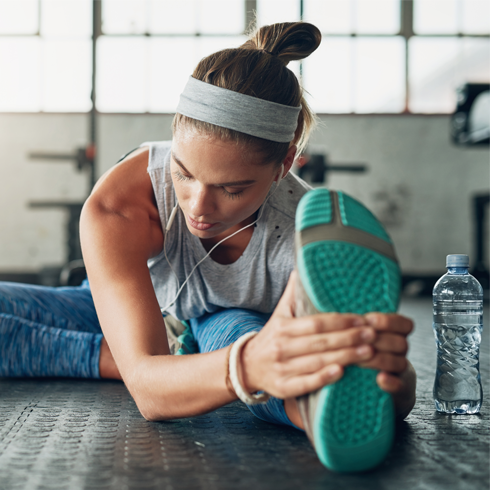 Our Tips
Our TipsHow to train flexibility?
The way to train flexibility is often highly controversial. Depending on the sports you practice, you work differently. A dancer and an athlete tra...
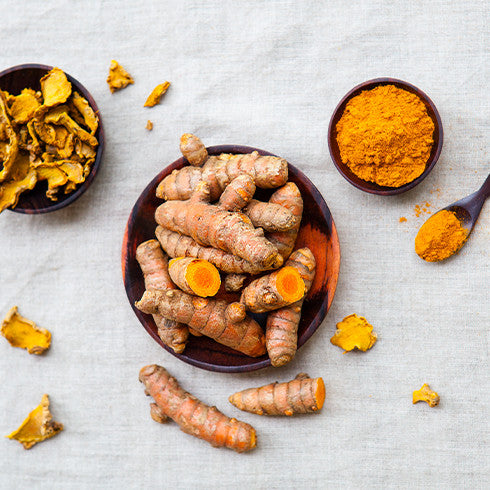 Dietary Supplements
Dietary SupplementsWhy take turmeric?
There are hundreds and hundreds of spices with different properties and turmeric is obviously one of them! It is a spice that is generally quite we...
Which fat burner to choose?
To lose weight and burn fat, there is no secret: you have to do sport and take care of your diet. However, it is possible to speed up the process t...
 Our Tips
Our TipsFasting and sport: 9 tips for training during Ramadan.
Working out during Ramadan is not easy. Not eating from sunrise to sunset is a major challenge for athletes wishing to continue their activities. T...
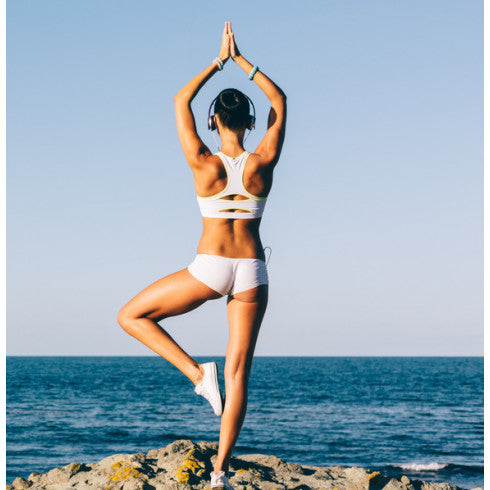 Our Tips
Our TipsSummer holidays: How to limit the damage?
On holiday, we often tend to let ourselves go. Unless you're a hardcore sportsman, you tend to abandon your trainers and indulge in a lot of dietar...
 Health
HealthHow to preserve your joints?
We have a total of about 400 joints located throughout the body. We therefore quickly understand why joint problems are quite common. You don't hav...
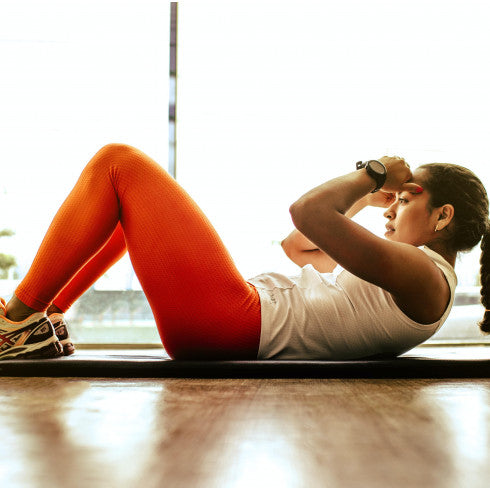 Our Tips
Our Tips9 good reasons to do sport.
Sometimes the urge to exercise is not always there. And although we always tell ourselves that this year will finally be the right one to get back ...

